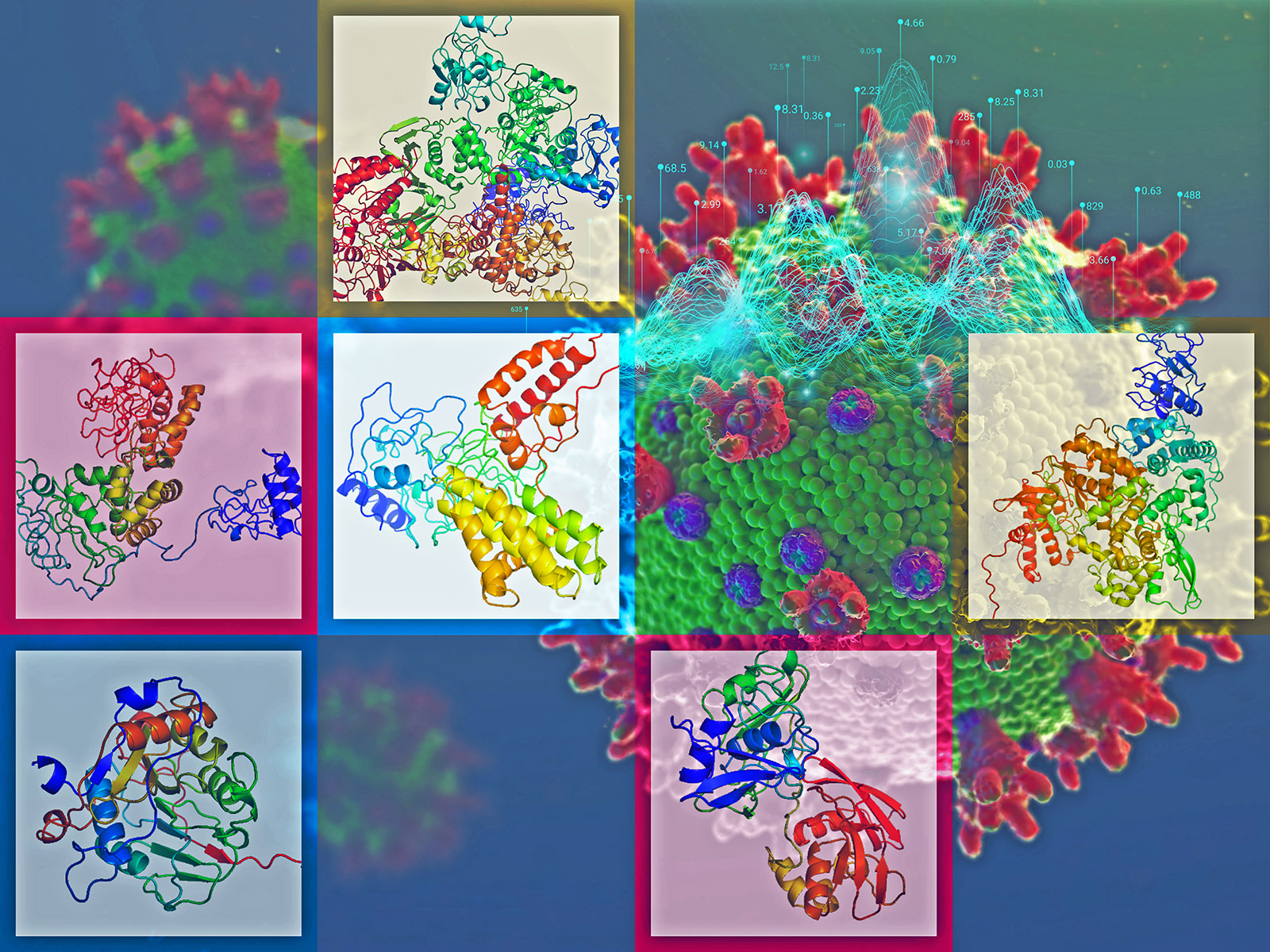Researchers have developed an automated workflow that could accelerate the discovery of new pharmaceutical drugs and other useful products. The new approach could enable real-time reaction analysis and identify new chemical-reaction products much faster than current laboratory methods.
Tag: nuclear magnetic resonance spectroscopy
Submit proposal for research funding opportunity at EMSL, a Department of Energy scientific facility
The Environmental Molecular Sciences Laboratory (EMSL) is seeking biological and environmental science project proposals for the Fiscal Year 2024 Exploratory Research Call through 5 p.m. on Thursday, July 6.
New machine learning method to analyze complex scientific data of proteins
Scientists have developed a method using machine learning to better analyze data from a powerful scientific tool: nuclear magnetic resonance (NMR). One way NMR data can be used is to understand proteins and chemical reactions in the human body. NMR is closely related to magnetic resonance imaging (MRI) for medical diagnosis.

Scientists Take Aim at the Coronavirus Toolkit
PNNL scientist Garry Buchko is part of a nationwide network exploring the complex 3D structures of the 27 proteins of the novel coronavirus, each part of the molecular toolkit that the virus uses to infect, replicate and spread. Creating atomic-level pictures of the protein structures is a crucial first step toward mucking up the virus’s inner workings.
Scientists learn how to make oxygen “perform” for them
Chemists have figured out how to keep “the wave” of one particular isotope of oxygen – among the most abundant elements on the planet and a crucial building block for materials like glass and ceramics – going during nuclear magnetic resonance spectroscopy long enough to learn some things about its structure and function.